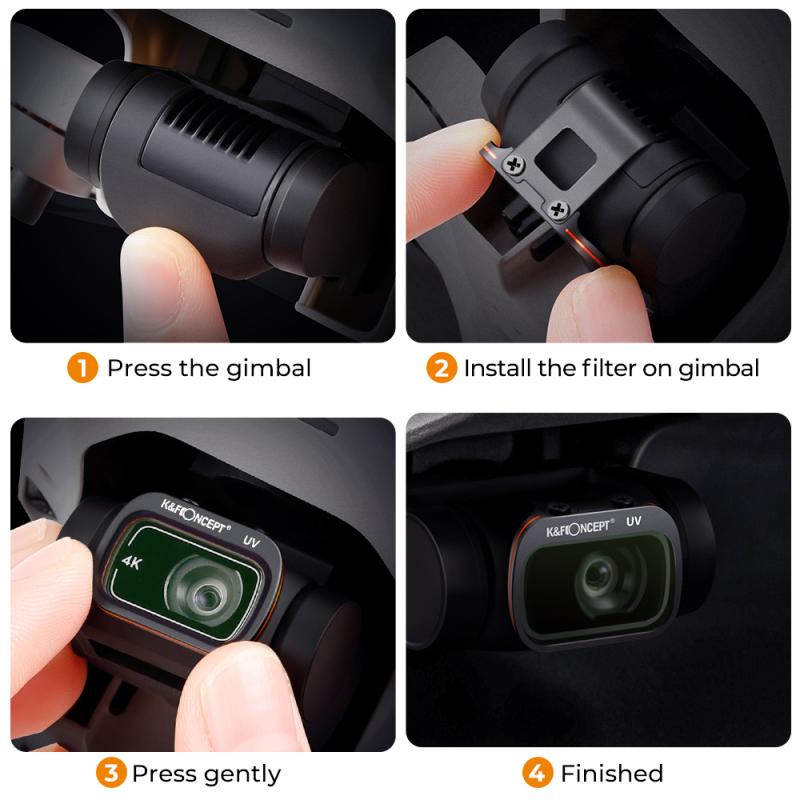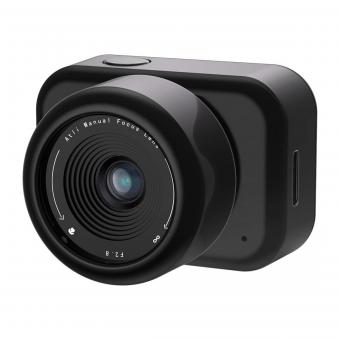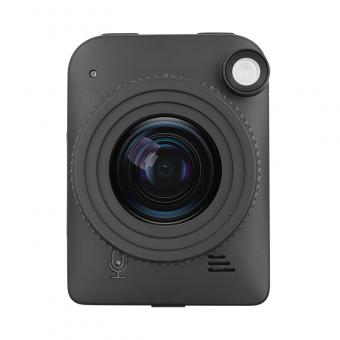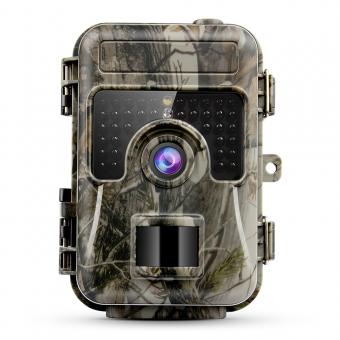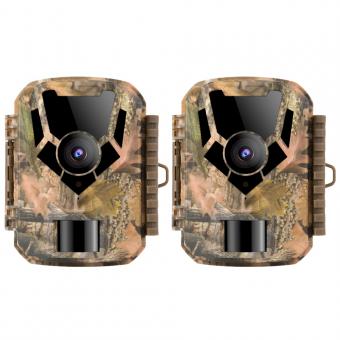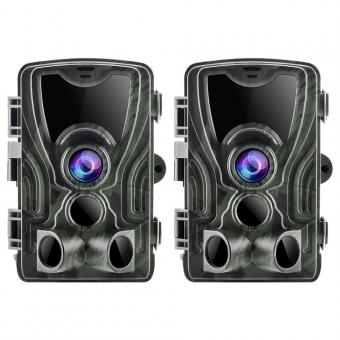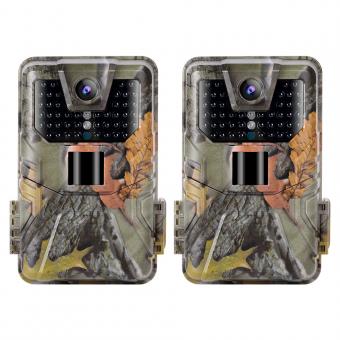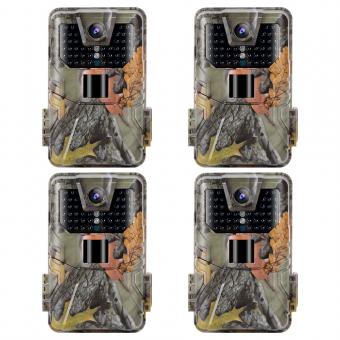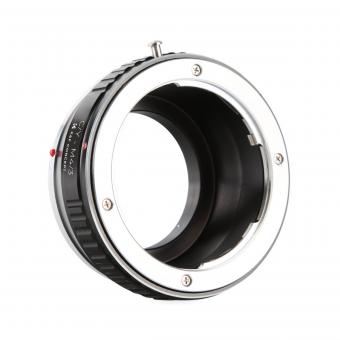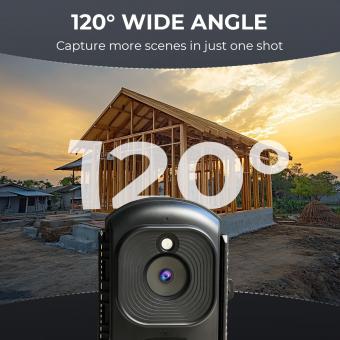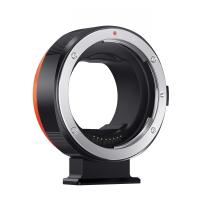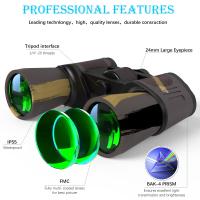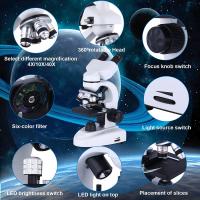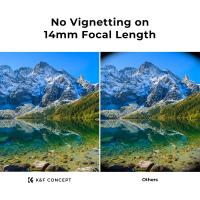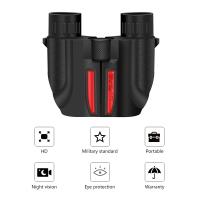What Is Time Lapse On A Trail Camera ?
Time lapse on a trail camera refers to a feature that allows the camera to capture images or videos at predetermined intervals, regardless of whether there is any motion detected. Instead of relying solely on motion sensors, the camera will automatically take photos or record videos at regular intervals, such as every few seconds or minutes. This feature is commonly used in wildlife monitoring or surveillance applications, where capturing a continuous sequence of images or videos over an extended period is desired. By using time lapse, users can observe changes in the environment, track animal behavior, or monitor specific areas without relying solely on triggered motion events.
1、 Definition of time lapse on a trail camera
Time lapse on a trail camera refers to a feature that allows the camera to capture images or videos at predetermined intervals over a set period of time. Instead of capturing motion-triggered images or videos, a time lapse trail camera captures a series of images or videos at regular intervals, regardless of whether there is any movement detected.
The time lapse feature is particularly useful for monitoring long-term changes in an area, such as the growth of plants, the movement of wildlife, or changes in weather patterns. By capturing images or videos at regular intervals, the camera can create a time-lapse video that condenses hours, days, or even weeks of footage into a shorter, more condensed format.
This feature is especially popular among wildlife enthusiasts, researchers, and hunters who want to observe animal behavior, track migration patterns, or monitor changes in habitat over an extended period. It allows them to capture a broader view of the environment and gain insights into long-term trends and patterns.
In recent years, trail cameras with time lapse capabilities have become more advanced, offering higher resolution images and videos, longer battery life, and customizable settings. Some cameras even have built-in software that automatically compiles the captured images or videos into a time-lapse video, eliminating the need for manual editing.
Overall, time lapse on a trail camera provides a unique perspective on the passage of time in the natural world, allowing us to observe and understand the dynamic changes that occur in our environment.
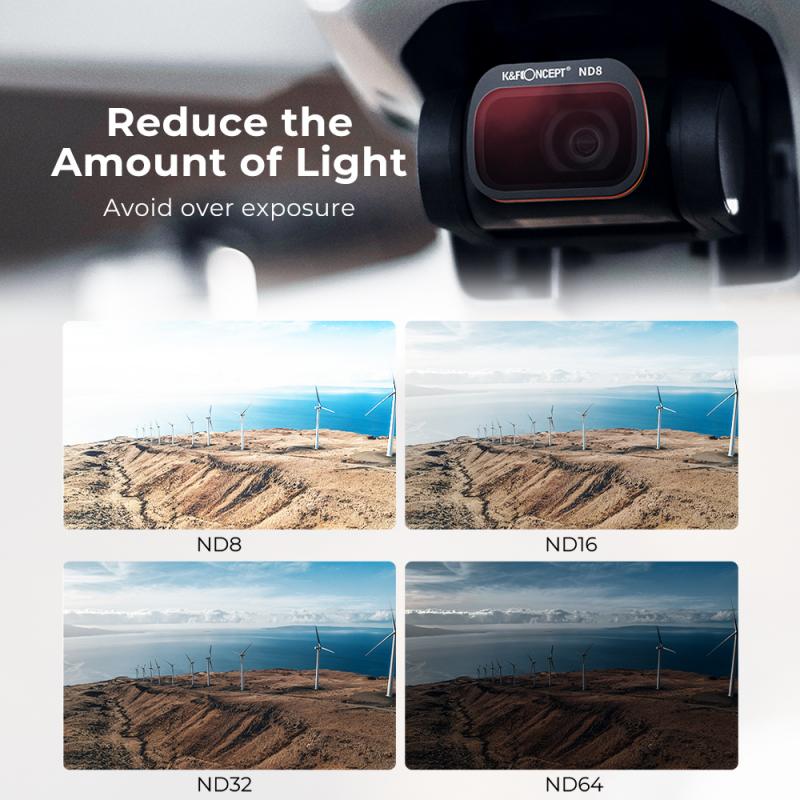
2、 Benefits of using time lapse feature on trail cameras
Time lapse on a trail camera refers to a feature that allows the camera to capture images or videos at predetermined intervals over a set period of time. Instead of triggering the camera to capture images or videos only when motion is detected, the time lapse feature captures a series of images or videos at regular intervals, regardless of whether there is any movement in the frame.
The benefits of using the time lapse feature on trail cameras are numerous. Firstly, it allows for a broader view of the area being monitored. By capturing images or videos at regular intervals, the camera can cover a larger area and provide a more comprehensive picture of the wildlife activity or any other events taking place in the vicinity.
Additionally, the time lapse feature is particularly useful for capturing slow-moving or stationary subjects. It ensures that no action or event goes unnoticed, as the camera will capture images or videos even if there is no motion detected. This is especially beneficial for monitoring activities such as feeding patterns, nesting behaviors, or changes in vegetation over time.
Moreover, the time lapse feature enables the camera to conserve battery life. Since the camera is not constantly triggered by motion, it can operate for longer periods without needing to be replaced or recharged. This is especially advantageous for remote or hard-to-access locations where frequent maintenance may not be feasible.
From a latest point of view, advancements in trail camera technology have further enhanced the time lapse feature. Some trail cameras now offer customizable time lapse settings, allowing users to adjust the interval between captures and the duration of the time lapse sequence. This flexibility enables users to tailor the camera's performance to their specific monitoring needs.
In conclusion, the time lapse feature on trail cameras provides a broader view, captures slow-moving subjects, conserves battery life, and offers customizable settings. It is a valuable tool for wildlife enthusiasts, researchers, and anyone interested in monitoring and documenting events in outdoor environments.

3、 How to set up time lapse mode on a trail camera
Time lapse mode on a trail camera is a feature that allows you to capture a series of images or videos at set intervals over a period of time. Instead of triggering the camera to take a photo or record a video when it detects motion, time lapse mode captures images or videos automatically at regular intervals, regardless of whether there is any movement in the frame.
Setting up time lapse mode on a trail camera is relatively simple. First, you need to access the camera's settings menu. Depending on the model, this can usually be done through a built-in LCD screen or a mobile app connected to the camera. Once in the settings menu, look for the option to enable time lapse mode. You may also be able to adjust the interval between each capture, typically ranging from a few seconds to several minutes.
Time lapse mode can be particularly useful for capturing long-term changes in an area, such as the growth of plants, the movement of wildlife, or changes in weather patterns. It allows you to condense hours, days, or even weeks of footage into a shorter video or series of images, providing a unique perspective on the passage of time.
It's worth noting that some trail cameras also offer a hybrid mode, which combines time lapse mode with motion detection. This means that the camera will capture images or videos at regular intervals, but will also trigger a capture if it detects any movement in the frame. This can be useful if you want to ensure that you don't miss any action while still capturing the overall time lapse sequence.
In conclusion, time lapse mode on a trail camera is a valuable feature that allows you to capture a series of images or videos at regular intervals over a period of time. It can provide a unique perspective on the passage of time and is particularly useful for capturing long-term changes in an area.

4、 Tips for capturing the best time lapse footage on a trail camera
Time lapse on a trail camera refers to a feature that allows the camera to capture a series of images at set intervals over a period of time. This feature is particularly useful for capturing long-term changes in the environment or observing wildlife behavior over an extended period.
To capture the best time lapse footage on a trail camera, here are some tips:
1. Set the interval: Determine the interval at which you want the camera to take photos. This will depend on the subject you are capturing and the duration of the time lapse. For example, if you want to capture a sunrise or sunset, a longer interval of 1-2 minutes may be suitable. For capturing wildlife activity, a shorter interval of 10-30 seconds may be more appropriate.
2. Choose the right location: Place the trail camera in an area where you expect the action to happen. This could be near a watering hole, a game trail, or a bird feeder. Researching the behavior and habits of the wildlife you want to capture can help you choose the best location.
3. Consider the lighting conditions: Lighting plays a crucial role in time lapse photography. If you want to capture a sunrise or sunset, position the camera accordingly to capture the changing light. Additionally, be mindful of shadows and direct sunlight, as they can affect the quality of the footage.
4. Use a sturdy mount: Ensure that the trail camera is securely mounted to avoid any movement or vibrations that could blur the images. A stable mount will help maintain consistency in the frame and improve the overall quality of the footage.
5. Check battery life and storage capacity: Time lapse photography requires the camera to be active for an extended period. Make sure you have enough battery life and storage capacity to capture the desired duration of the time lapse. Consider using external power sources or larger memory cards if necessary.
In conclusion, time lapse on a trail camera is a valuable feature for capturing long-term changes or wildlife behavior. By following these tips, you can enhance your chances of capturing the best time lapse footage and gaining unique insights into the natural world.
